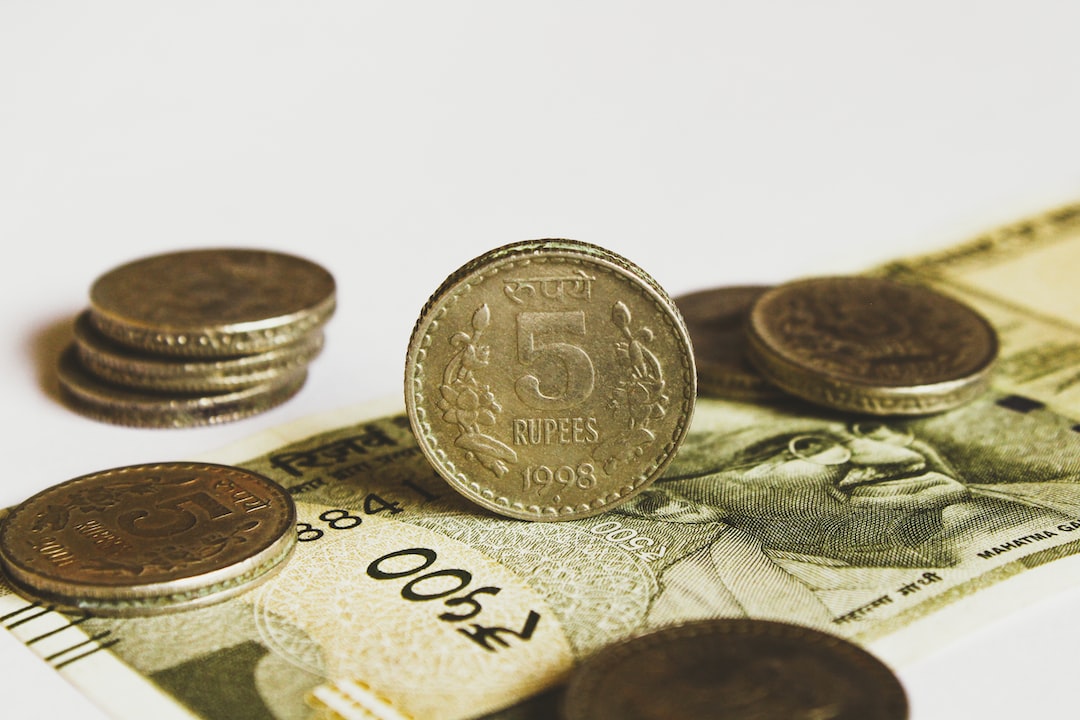As of August 2021, the rate on forex for Zimbabwe dollars is fluctuating at a rapid pace. The Zimbabwean currency has faced significant challenges over the years, with hyperinflation and political instability playing a significant role in the currency’s depreciation.
Zimbabwe’s economy has been struggling for years, with high unemployment rates, low foreign investment, and rampant corruption. The country’s currency, the Zimbabwean dollar, has been hit hard by these economic challenges. At one point, hyperinflation reached a staggering 500 billion percent, leading to the government’s decision to abandon the currency altogether.
In 2009, the country adopted a multi-currency system, which allowed the use of foreign currencies such as the US dollar, the euro, and the South African rand. This move helped stabilize the economy and brought some relief to the Zimbabwean people.
However, in 2016, the government introduced the “bond note,” which was meant to be equivalent to the US dollar. But this move was met with skepticism, as people feared that the bond note would eventually lose its value.
Fast forward to 2021, and the Zimbabwean dollar is once again facing major challenges. The country is experiencing a shortage of foreign currency, leading to a significant drop in the value of the Zimbabwean dollar. Currently, the official exchange rate stands at 1 USD to 85 Zimbabwean dollars. However, this rate is not reflective of the true value of the currency.
The black market exchange rate is significantly different from the official rate, with the US dollar trading at around 1 USD to 150 Zimbabwean dollars. This discrepancy is largely due to the shortage of foreign currency, which has led to a thriving black market where people can exchange their foreign currency for Zimbabwean dollars at a higher rate.
The rate on forex for Zimbabwe dollars is also affected by political instability and corruption. The government’s policies and actions have a significant impact on the economy and the value of the currency. For instance, the government’s decision to seize land from white farmers in the early 2000s led to a significant drop in agricultural production, which had a ripple effect on the economy.
Corruption is also a major problem in Zimbabwe, with reports of government officials embezzling funds and engaging in illicit activities. This has led to a lack of trust in the government and its ability to manage the economy, which has contributed to the depreciation of the Zimbabwean dollar.
In conclusion, the rate on forex for Zimbabwe dollars is currently fluctuating at a rapid pace, with the official exchange rate not reflective of the true value of the currency. The shortage of foreign currency, political instability, and corruption are major factors contributing to the currency’s depreciation. Until these issues are addressed, the Zimbabwean dollar will continue to face significant challenges.






